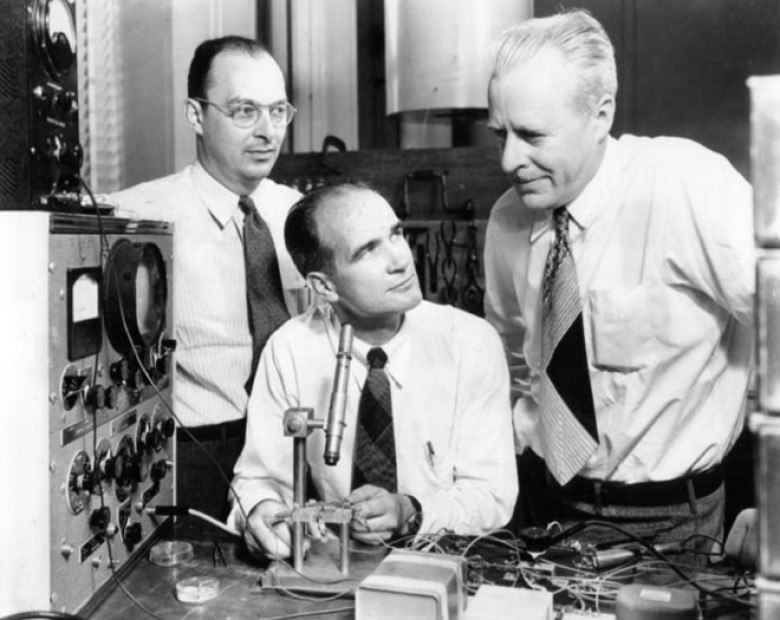Moore’s Law and Moving Beyond Silicon: The Rise of Diamond Technology
My “aha” moment occurred in 2004 when, as a junior at the University of Illinois at Chicago, double majoring in physics and engineering, a research paper seized my interest. It was about the role that diamond could play as an electronics material — vastly uncharted territory at the time. I recognized then that diamond technology could spark a seismic change in the electronics industry and I knew I wanted to play a role in making diamond semiconductor a reality.
Then, as now, silicon had been the popular material choice for semiconductor since the 1960s, and it still constitutes 95 percent of the device types available in the market. But it presented several long-term challenges. The perhaps better known problem, popularly expressed as “Moore’s Law” highlights the trend of smaller and faster electronics being physically limited by the capability of silicon — simply put, the speeds and sizes of devices in the market are almost the absolute best the material can physically perform. The still more pressing and visible problem in silicon was that of heat. Historically, heat management with silicon semiconductor devices has proven problematic for power electronics. The cooling methods required were inefficient and served as a major source of e-waste. The industry required a silicon alternative that enabled devices to be smaller, cooler, faster, more powerful, and cleaner.










































































